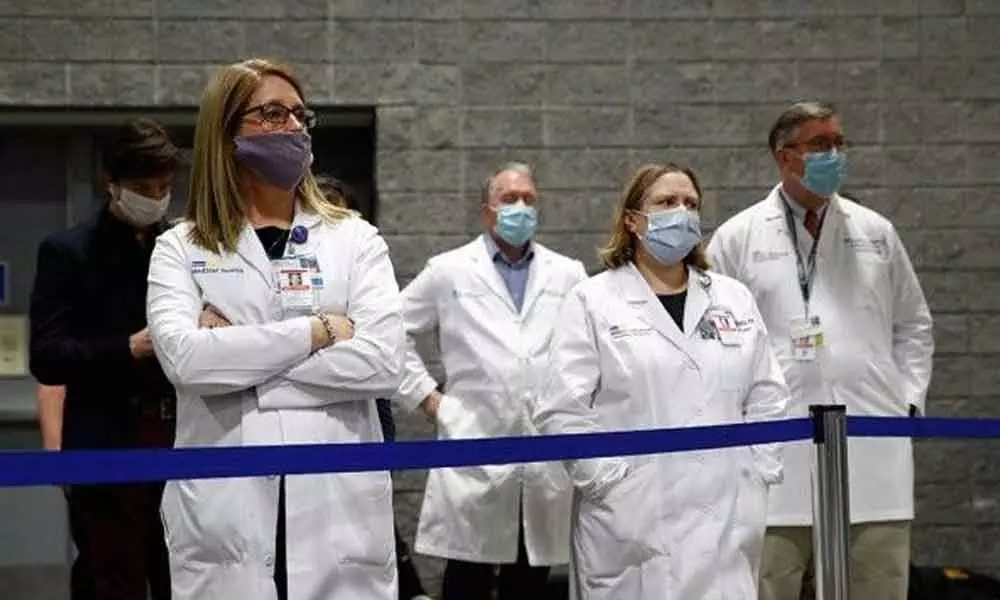Live
- Gurinder Chadha all set to make a comeback to big screen
- Palle Sindhura Reddy flays YS Jagan during election campaign in Puttaparthi
- KK Raju files nomination amid public celebrations and predicts victory with 45k vote majority
- Vijayawada Central Candidate Vellampally Srinivas Campaigns in 28th Division Railway Colony
- DCA busts three quack clinics in Hyd, Jangaon and Mahabubnagar
- Man threatens to jump into lake if he doesn’t get divorced from his wife
- Vikram’s ‘Veera Dheera Sooran’ teaser: Laden with mass elements
- Tamil Nadu records 40.05 pc voting till 1 pm
- Sithara Entertainments announces ‘MAD Square;’ pooja ceremony held
- Google Unifies Hardware and Software Teams for Advanced AI Development









